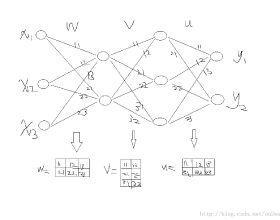For a biological agent operating under environmental pressure, energy consumption and reaction times are of critical importance. Similarly, engineered systems are optimized for short time-to-solution and low energy-to-solution characteristics. At the level of neuronal implementation, this implies achieving the desired results with as few and as early spikes as possible. With time-to-first-spike coding both of these goals are inherently emerging features of learning. Here, we describe a rigorous derivation of a learning rule for such first-spike times in networks of leaky integrate-and-fire neurons, relying solely on input and output spike times, and show how this mechanism can implement error backpropagation in hierarchical spiking networks. Furthermore, we emulate our framework on the BrainScaleS-2 neuromorphic system and demonstrate its capability of harnessing the system's speed and energy characteristics. Finally, we examine how our approach generalizes to other neuromorphic platforms by studying how its performance is affected by typical distortive effects induced by neuromorphic substrates.
翻译:对于在环境压力下操作的生物制剂而言,能源消耗和反应时间至关重要。同样,工程设计系统在短时间到溶解和低能量到溶解特性方面最优化。在神经执行层面,这意味着要尽可能少地和早地达到预期效果。这两个目标在时间到第一次跳跃编码上都是学习的内在新特点。这里,我们描述了在流出、整合和释放神经元的网络中,这种首次跳跃的学习规则的严格衍生,只依靠输入和输出的激增时间,并展示这一机制如何在等级喷射网络中实施错误回传。此外,我们模仿我们的脑系统框架,并展示其利用系统速度和能量特性的能力。最后,我们研究我们的方法如何通过研究神经形态子体引发的典型扭曲效应如何影响其他神经变形平台的性能。



